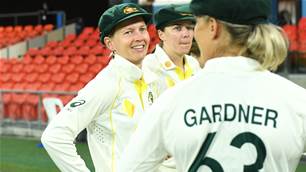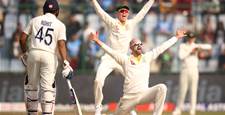Remember Deborah Acason? Remember the 2006 Commonwealth Games?
Remember Deborah Acason? Remember the 2006 Commonwealth Games?
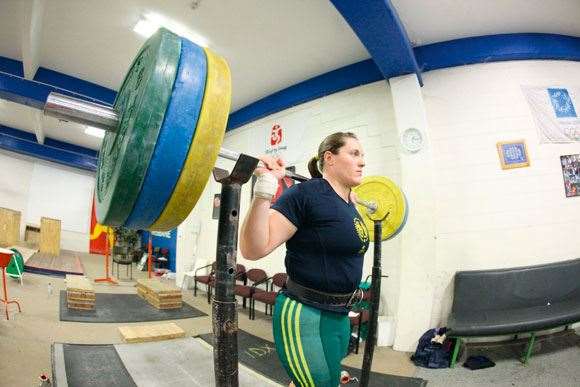 “Most lifters work on a 12-week cycle"
“Most lifters work on a 12-week cycle"Images: Warren Clarke
Back then, before she was married, she carried the apt surname of Lovely. Remember how, in front of the Melbourne crowd, she hoisted 115kg in the clean and jerk to bump Nauru’s Sheba Deiraragea into the silver? And remember how, with 115kg of quivering iron balanced above her head, the gold medal in the bag, she threw the bar to the ground in an explosion of joy? Remember how she leapt and danced and shrieked her way off the platform?Well, don’t forget her. In a few month’s time she could well be leaping-dancing-shrieking her way off the Delhi platform with another gold medal …
The weighting game
“My coach, Mike Keelan, and I have always viewed my training program as a prescription. The thinking is: this is basically what I have to do, but see how I feel and change it as I see fit. I think Mike has had a pretty stressful eight years with me because he’s always had to chop and change things.
“At the ‘06 Commonwealth Games I was in the 75kg class – since then I’ve moved into the over 75kg class. With weightlifting you have to weigh-in two hours before you compete so when we drop bodyweight we have to make sure we do it properly, through diet and training, not just sweating it out in the sauna. It’s not like boxing where you weigh-in the day before.
“When I was of a lighter bodyweight I was doing more training. I was training eight-to-ten sessions a week, probably an hour and a half to two hours each session. Moving into a heavier bodyweight class, I’ve really had to cut back my training. When I was weighing 78kg, I was doing about 1000 repetitions a week. Now that I’m 88-90kg, I’m only doing about 300-400 repetitions a week, because I’m lifting heavier weights and need more time to recover.”
Like a yoyo
“When I started lifting, as a 17-year-old, I weighed 80kg. At that stage I was very much a teenager – a little bit soft muscle-wise. I decided I wanted to drop a weight category – mainly for appearance – so I was careful with my diet, burnt a huge amount of calories in training and had no problems dropping into that 75kg category. But as I got stronger I pushed more weight, developed more muscle tone and I struggled to stay in that weight class. An exercise physiologist put me through a series of tests which indicated that my absolute leanest weight, given my muscle mass, was around 78kg. So for me to drop beneath 75kg was getting pretty difficult.
“Before the ‘06 Commonwealth Games, Mike and I looked at the rankings, looked at who I’d be competing against and decided that I needed to move up a class. Having made that decision I very quickly moved up to 86kg. I still had a good diet [I’ve never liked junk food]; it was just muscle mass-centred with a very small increase in body fat.
“Then, a month out from the Commonwealth Games, a heap of competitors dropped out of the 75kg class [the defending gold medallist, India’s Pujari Shailaja, was disqualified after testing positive to stanozolol] and we suddenly realised that, while I might finish fourth or fifth in the heavier class, if I could drop beneath 75kg then I could possibly take gold or silver. So I had to drop 11kg – 15 percent of my bodyweight – in a month. A pretty big task! I cut right back on what I was eating. I had to figure out exactly what I needed for energy and not go beyond that. Initially I tried cutting out all carbs, but I quickly realised I just couldn’t operate on no carbs – I was still training two hours most days and I needed energy. I started having oats with milk in the morning, and I made sure I had some carbs after each session. I was also doing hour-long walks each morning and night. That helped burn a lot of calories.
“Yeah, I was hungry and it wasn’t a lot of fun, but the weight came off and I won gold … ”
Related Articles
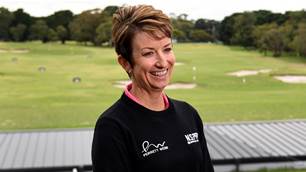
Karrie calls for ‘more positive messages’ in golf
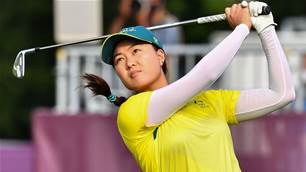
Golf added to Commonwealth games for 2026
